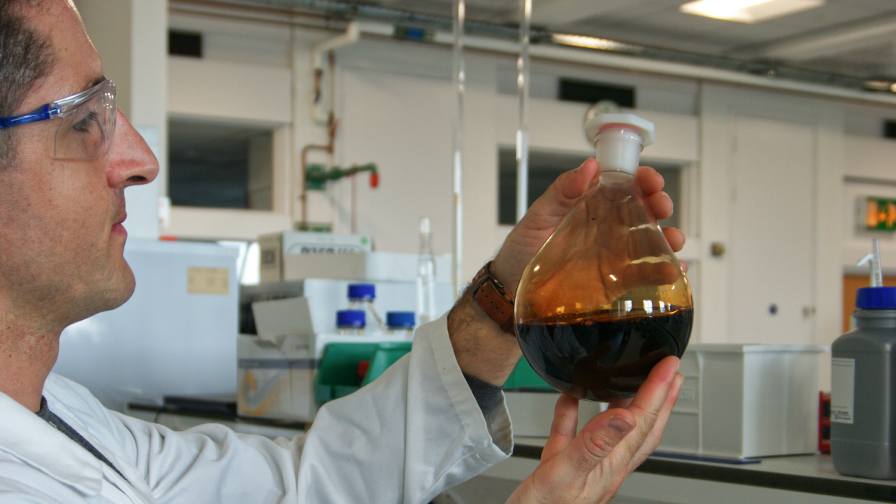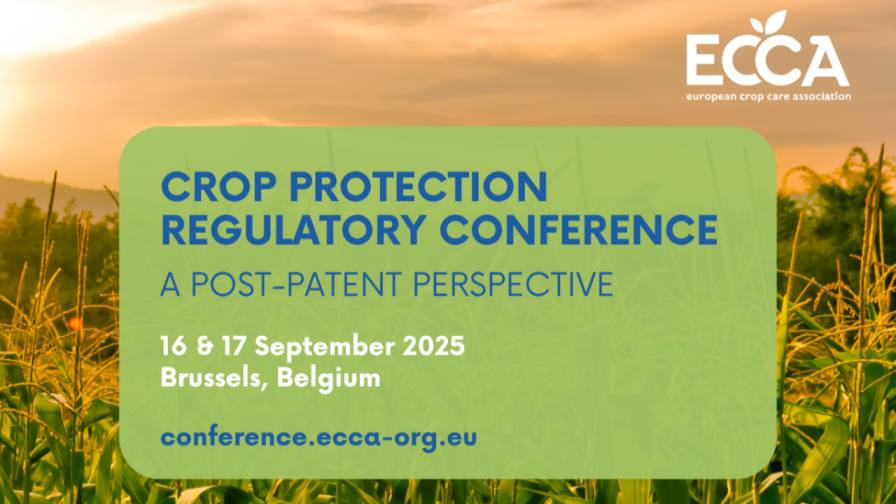生物肥料的碳封存效益:革新可持续农业
在减缓气候变化势在必行的时代,促进碳封存并保持生产力的农业实践处于可持续发展的前沿。生物肥料——能够增强土壤肥力的活微生物产品——正在成为实现这一双重使命的有力工具,在提供显著的碳封存效益的同时,减少对传统化学肥料的依赖。
生物肥料的碳封存机制
生物肥料包括植物促生根际细菌 (PGPR)、菌根真菌产品和蓝藻在内的多种生物肥料,通过多种途径促进碳封存。与暂时促进植物生长但往往会降低土壤有机质的化学肥料不同,生物肥料能够增强土壤捕获和储存碳的天然能力。
微生物肥料的作用机制是刺激土壤团聚体的形成,从而物理保护碳化合物免于分解。生物肥料中的农业益生菌能够产生球囊霉素等糖蛋白,这些糖蛋白如同天然胶水一样,将土壤颗粒粘合在一起,同时将碳锁定在稳定的形式中。与植物生物质本身的短期碳储存相比,这一过程可以将碳封存数十年甚至数百年。
解磷微生物是生物肥料的另一个重要成分,它不仅能为植物提供磷,还能增加根系生物量,从而增加深层土壤中的碳沉积。这些根系碳具有极强的抗分解能力,具有长期封存的潜力。
量化碳封存效益
最近的研究表明,与传统土壤管理相比,经生物土壤改良剂处理的农业土壤每年每公顷可额外封存0.5至1.0吨碳。如果大规模实施,这将形成一个强大的碳汇,可以抵消相当一部分农业排放。
一个值得注意的例子来自长期田间试验,其中菌根接种使土壤有机碳在五年内增加了15-27%。这些土壤中碳氮比的改善不仅表明碳储存增加,还增强了土壤健康和恢复力——凸显了包含生物肥料的可持续养分管理系统的多功能效益。
可持续发展需求推动生物肥料市场增长
根据 全球生物肥料市场 复合生物肥料市场正经历前所未有的增长,这主要得益于人们对其碳封存效益的认识不断提高。根据MarketsandMarkets的分析,复合生物肥料市场预计将从2023年的31亿美元增长到2028年的52亿美元,预测期内的复合年增长率为10.9%。
推动这一增长的因素有几个:
- 有机食品需求不断增长: 消费者越来越喜欢采用天然原料种植的食品,从而推动了有机农业经营中生物肥料的采用。
- 对化肥的严格规定: 由于传统肥料对环境的影响,许多地区对其实施了更严格的控制,为生物肥料替代品创造了机会。
- 碳信用机会: 随着碳市场的成熟,增强土壤碳封存的做法可能有资格获得信贷,为采用生物肥料的农民创造额外的收入来源。
- 技术进步: 配方稳定性和施用方法的创新使生物肥料更加有效,并让世界各地的农民能够更容易地获得。
液体生物肥料领域增长最为迅速,预计在预测期内将录得最高的复合年增长率。液体制剂在施用方便、均匀性以及与现有灌溉系统的兼容性方面具有优势,因此尤其适合大规模推广。
区域采用模式
目前,北美在生物肥料市场占据主导地位,广泛应用于高价值作物。然而,受政府推动的生物肥料政策的推动,亚太地区的生物肥料增长速度最快。 可持续农业 在印度和中国等国家。
欧洲展现出强大的市场潜力,尤其是在《欧洲绿色协议》推动大幅减少化肥使用的情况下。该地区对碳农业(即固碳的农业实践)的重视与生物肥料的采用完美契合。
增强碳封存的创新应用
生物肥料配方的最新创新专门针对增强碳封存:
- 基于联盟的产品: 新型生物肥料并非单一菌株,而是精心挑选的微生物群落,它们协同作用,改善植物生长和土壤碳动态。这些复杂的微生物群落更接近于模拟自然土壤生态系统。
- 生物炭-生物肥料组合: 生物炭与微生物的整合 孕育剂 创造了强大的协同效应——生物炭为有益微生物提供了栖息地,同时以高度稳定的形式封存碳。
- 纳米技术增强输送: 生物肥料的纳米封装可在施用过程中保护微生物细胞并确保其逐渐释放,从而最大限度地提高土壤定植和随后的碳封存效益。
挑战与未来展望
尽管生物肥料前景光明,但如何最大限度地发挥其碳封存潜力仍面临诸多挑战。产品稳定性、农民认知度以及因地制宜的配方仍然是生物肥料广泛应用的障碍。
随着研究继续集中于开发具有增强碳封存能力的生物肥料,未来前景一片光明。新兴领域包括:
- 开发可在不断变化的气候条件下发挥作用的基于嗜极微生物的生物肥料
- 与精准农业技术整合,优化应用
- 培育对生物肥料处理反应更佳的植物品种





